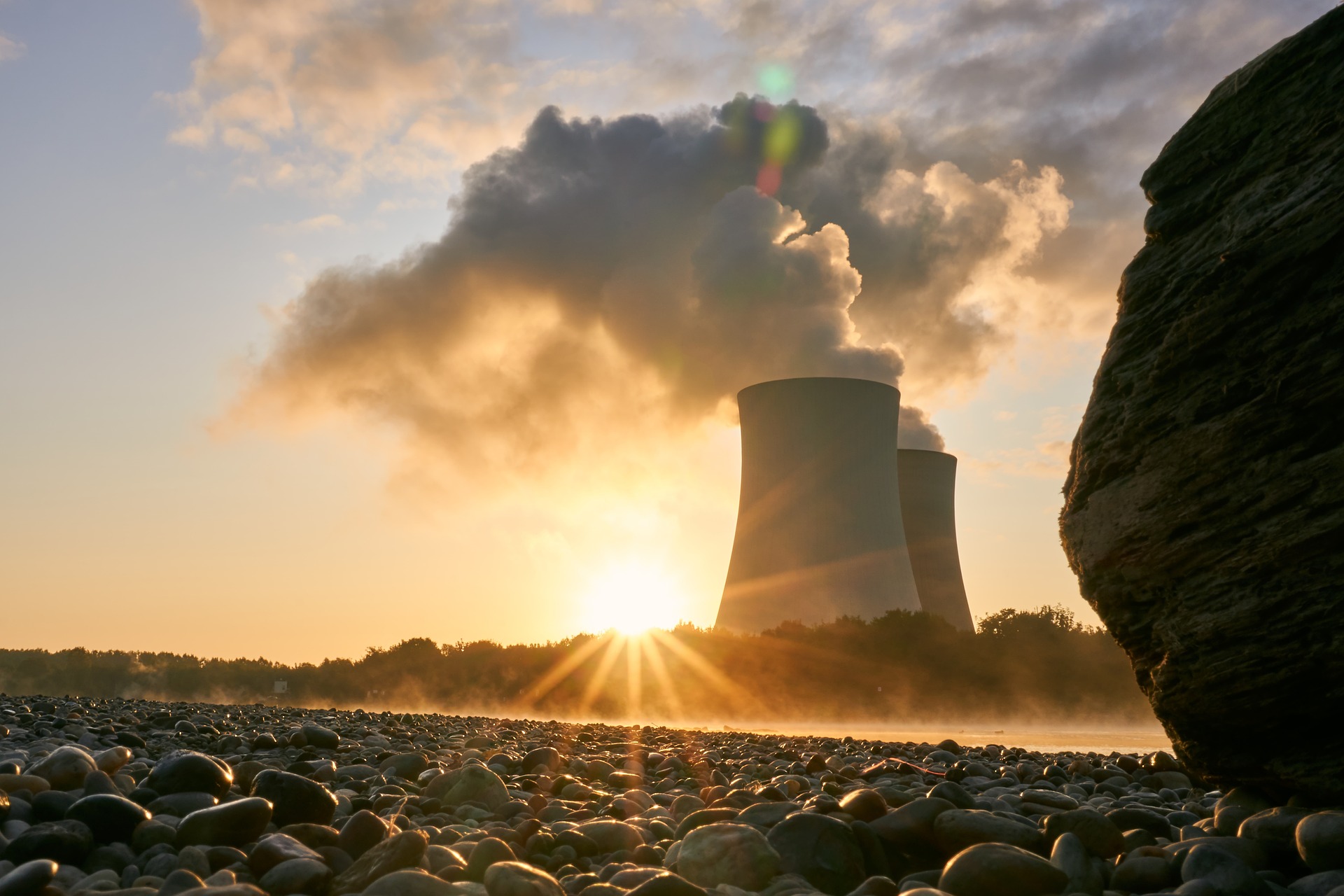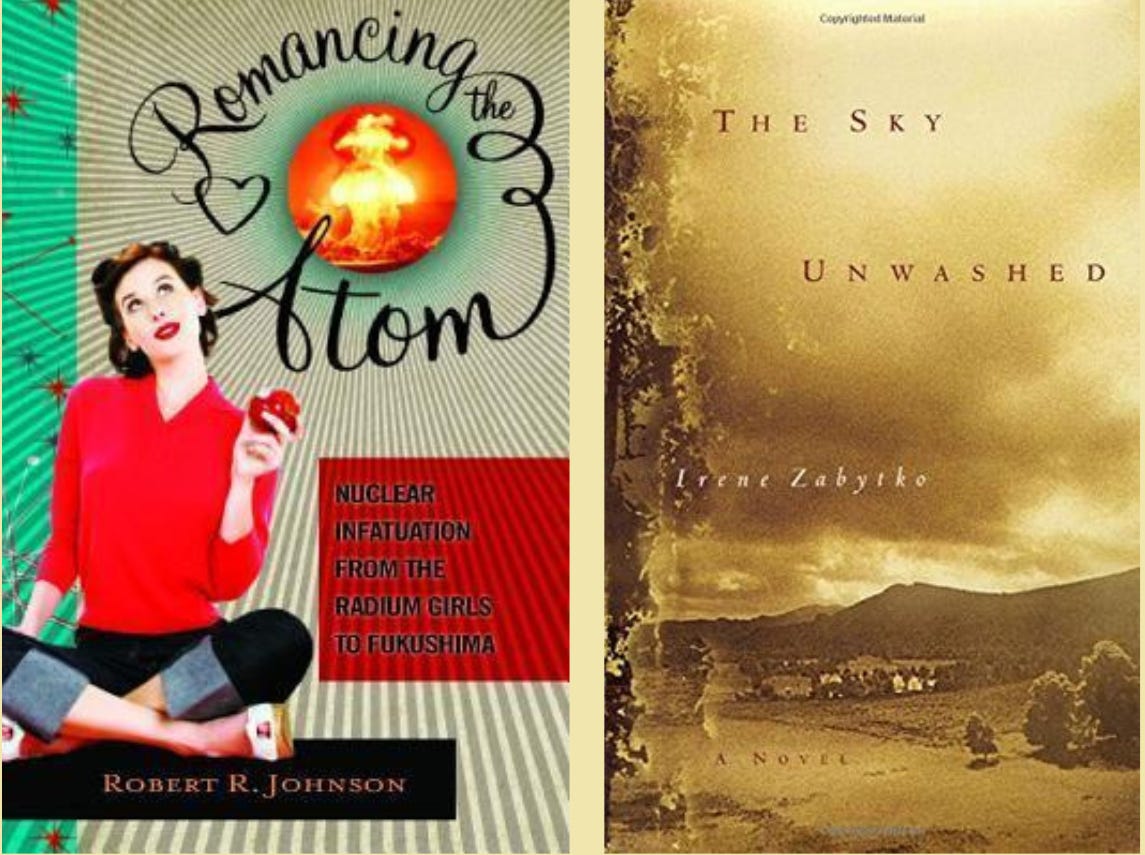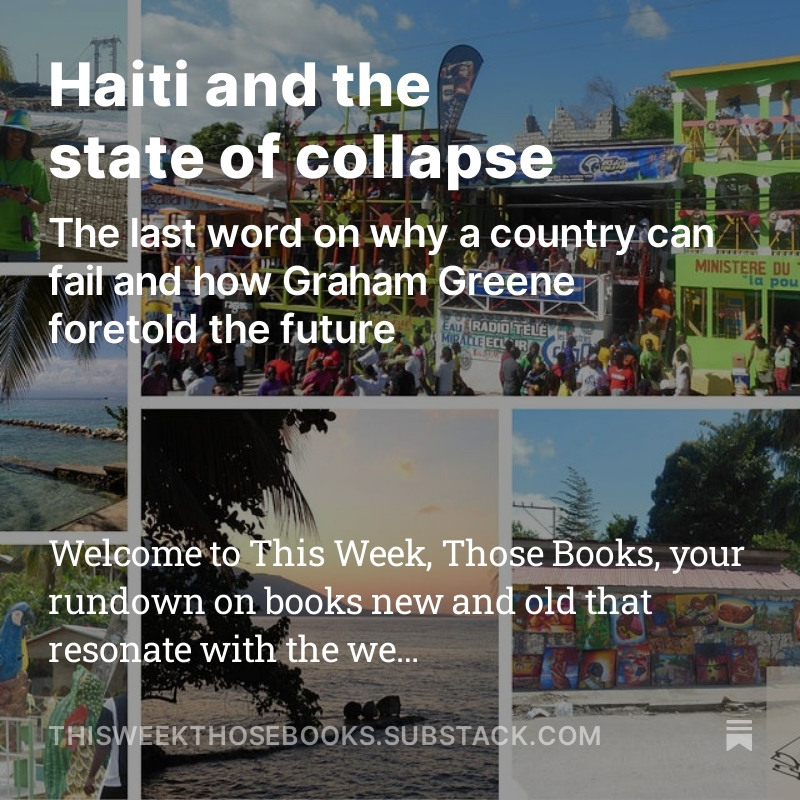World energy goes nuclear

On April 18, US senators from both parties introduced legislation aimed at accelerating power plants run by nuclear fusion. A new Fusion Energy Act would support the objective of gaining nearly limitless, carbon-free energy. The US move comes barely a month after the world’s very first nuclear energy summit in Brussels. Here’s some crucial context from the March20 edition of This Week, Those Books. Read it here or sign up for free at https://thisweekthosebooks and get the post the day it drops
The Big Story:
The world’s very first nuclear energy summit in Brussels shows renewed global momentum for nuclear power as a clean source of energy, after more than a decade of doubts about its safety.
- The summit, co-chaired by the Belgian prime minister and the head of the International Atomic Energy Agency (IAEA), is “the highest-level event on nuclear energy yet”.
- It comes 13 years after the Fukushima disaster in Japan, the worst accident at a nuclear power plant since Chernobyl in 1986.
- A new survey of more than 20,000 respondents in 20 countries found one-and-a-half times more people in favour of climate-friendly nuclear energy use than oppose it.
- The IAEA’s latest annual nuclear power outlook predicts installed nuclear capacity will more than double by 2050.
- At COP28 in Dubai, leaders from 22 countries on four continents announced they would work towards tripling global nuclear energy capacity by 2050 to meet climate goals and energy needs.
- Even Japan is stepping up efforts to restart a nuclear power plant – the world’s biggest – north of Tokyo.
- Big Tech is buying into nuclear power – literally. In early March, Amazon Web Services, the tech giant’s cloud computing unit, acquired a nuclear-powered data centre in Pennsylvania. Amazon’s first-ever agreement with a nuclear power facility is thought to address a key challenge faced by technology companies: Artificial-intelligence searches require 10 times the computing power of regular searches and so, vast amounts of electricity.
The Backstory:
- The March 11, 2011 Fukushima nuclear accident was triggered by a tsunami and an earthquake but the triple catastrophe (dubbed Japan’s 3/11) adversely affected international confidence in nuclear power.
- In the immediate aftermath, Germany, Belgium and Switzerland decided to phase out nuclear power and Italy voted against restarting its nuclear programme.
- But several countries, including South Africa, Bangladesh, Egypt, Jordan, Nigeria, Poland, Vietnam and the UAE either continued with plans to introduce nuclear power or add to existing programmes.
- The IAEA is an intergovernmental body that describes itself as “the world’s ‘Atoms for Peace and Development’ organization within the United Nations family”.
This Week, Those Books:
- A compelling account of how the world fell in love with the atom.
- A fictional take on the fallout of the Chernobyl nuclear disaster.

- Romancing the atom: Nuclear Infatuation from the Radium Girls to Fukushima
By: Robert R. Johnson
Publisher: Praeger
Year: 2012

This brief history of nuclear science is by an Emeritus Professor of Rhetoric, Composition and Technical Communication at Michigan Technological University.
Robert R Johnson tells a compelling story, starting with how everyone on Earth has been somehow “romanced by the atom”. From Undark – the radioactive luminescent paint that made the numbers of watch and clock dials visible in the dark – to uranium bombs and nuclear power, this is an “inventory of things atomic”. Each has its appeal and each its hazards. For instance, Johnson writes, “the key ingredient of Undark is about one million times more radioactive than uranium”. The final chapter is about the Fukushima nuclear plant meltdown.
Choice quotes:
“…the atom is an element of nature and, thus, is essentially innocent of any human actions until humans decide to put it into use. Once fostered into use by humans for specific purposes, the atom becomes a technology – a tool to be manipulated as humans see fit. Humans ultimately have the ability to make choices about the uses of the atom”.
“In the realm of things atomic, the inventing of technologies that use the atom as a starting point has been an all-consuming activity around the globe and has been no less than tantamount to the making of worlds”.

- The Sky Unwashed
By: Irene Zabytko
Publisher: Algonquin
Year: 2000

Ukrainian-American writer Irene Zabytko’s debut novel depicts the aftermath of the 1986 nuclear power plant catastrophe at “Chornobyl” (Ukrainian spelling vs the Russian Chernobyl). Inspired by the real-life story of people who defied the forced evacuation of their Ukrainian town after Chernobyl, the book revolves around the stubborn determination of one woman to reclaim her home despite a nuclear accident. Marusia Petrenko, a widow, lives in Starylis village with her son Yurko and his young family. Yurko and his mercurial wife Zosia work at the Chernobyl nuclear plant. When disaster strikes, the villagers begin to notice that the air tastes strangely metallic and that their eyes itch and water. Marusia stays on in Starylis to tend Yurko, who is sickened by radiation poisoning. Meanwhile, Zosia decamps to the safety of Moscow with her two little children.
Though Starylis is rendered a “dead zone” and declared uninhabitable due to radiation, Marusia battles to return home, eventually replanting her garden and ringing the bell in the abandoned village church.





